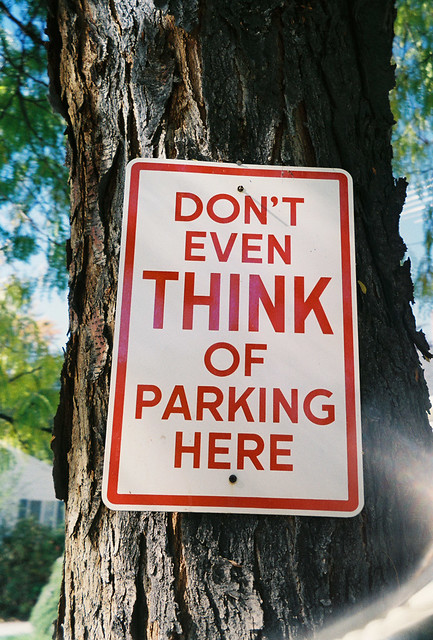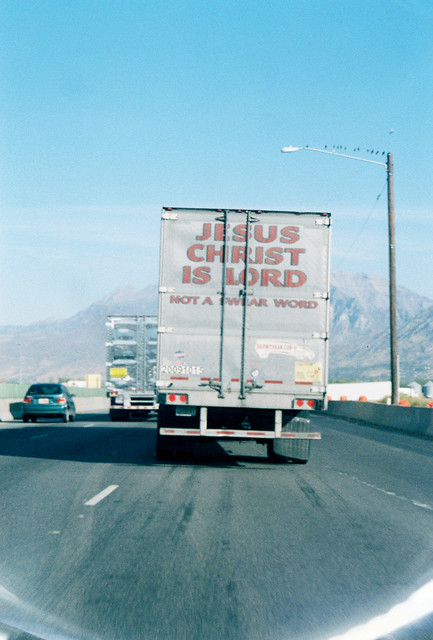I went out to dinner with Tani last night and ended up dissecting for her my conflicted and selective love of country music. It's complicated. There is country music I simply don't like (most of it), and that's not a problem. There is country music I simply love (mostly alt country), and that's no problem either. Then there is country music I like, but am embarrassed to like. That's a post all its own.
Lady Antebellum won the record of the year Grammy for their latest album, which is a perfect example a country music I simply don't like. It's just power pop with fiddle and fictionalized southern sentiment. But I'm also sympathetic to the Philadelphia Weekly's Caralyn Green (um, minus the bit about Ryan Adams), speaking of Lady A's first album:
True enough. If Neko Case is country, I'm a country fan. But if Lady A is country, I'm really, definitely not. Is this a question of elitism? Well, a little. Lady A is radio music for casual listeners, and I rarely like that kind of music regardless of genre. But I enjoy Brad Paisley and Justin Moore and can't wait for Aaron Lewis's new album to come out. That's all country-country, of a certain stripe, but it's also for me a guilty pleasure. Not because I feel some sort of antipathy to rural or heartland culture—I'm a country boy myself, after all—but because it's so overtly sentimental. I shouldn't enjoy having country-country flip my sappy switch, but I do. So there.
Oh yeah, the six degrees. I've posted before about my fascination with the small world phenomenon, that we are all linked together in social networks that are shockingly small. I was just going to post about my very short list of non-mainstream musicians whom I think are truly unique talents. It's not a formal list, but five immediately pop to the top.
Neko Case is number one, and it turns out that she is closely linked to two other of the anointed, Nick Cave (toured with him) and Andrew Bird (recorded with him). And Cave and Bird are definitely not alt country. Six degrees, clearly. Any connection between Neko and Fleet Foxes? Meh, shared a ticket at the Newport Folk Festival. And with Devendra Banhart? Not that I can find. Ah well, my faith in both six degrees and the cosmic connectedness of alt country is nevertheless unshaken.
Lady Antebellum won the record of the year Grammy for their latest album, which is a perfect example a country music I simply don't like. It's just power pop with fiddle and fictionalized southern sentiment. But I'm also sympathetic to the Philadelphia Weekly's Caralyn Green (um, minus the bit about Ryan Adams), speaking of Lady A's first album:
- I love country music. Neko Case is my goddess. Gillian Welch is my savior. Ryan Adams is my lust-object for life, and Uncle Tupelo is second only to Wilco.
- But Billboard Hot Country chart-toppers/crossover poppers Lady Antebellum? I dunno. It's possible they border a little too country even for me.
- 'Cause when I say I love country, I mean I love alt-country. The thing is, even though I adore alt-country, I recognize its hypocrisy. Most alt-country fans, if not artists, are all like, "I dig country, but not, y'know, country."
- That statement's begging for a kick in the head. What we mean is we're down with banjos and fiddles and yearning hearts and vowels that twang, but not with Lady Antebellum's brand of CMT, all-American, Wal-Mart country, and all the Jesus-speak, Old South nostalgia and professed sincerity that accompany the genre. We're distancing ourselves from the folks who drive pickup trucks without irony. And on many levels, that's just elitist bullshit (though I certainly question Lady Antebellum's Civil War allusions and sentiment that "home is where the heart is, just south of the Mason-Dixon Line"). . . .
True enough. If Neko Case is country, I'm a country fan. But if Lady A is country, I'm really, definitely not. Is this a question of elitism? Well, a little. Lady A is radio music for casual listeners, and I rarely like that kind of music regardless of genre. But I enjoy Brad Paisley and Justin Moore and can't wait for Aaron Lewis's new album to come out. That's all country-country, of a certain stripe, but it's also for me a guilty pleasure. Not because I feel some sort of antipathy to rural or heartland culture—I'm a country boy myself, after all—but because it's so overtly sentimental. I shouldn't enjoy having country-country flip my sappy switch, but I do. So there.
Oh yeah, the six degrees. I've posted before about my fascination with the small world phenomenon, that we are all linked together in social networks that are shockingly small. I was just going to post about my very short list of non-mainstream musicians whom I think are truly unique talents. It's not a formal list, but five immediately pop to the top.
Neko Case is number one, and it turns out that she is closely linked to two other of the anointed, Nick Cave (toured with him) and Andrew Bird (recorded with him). And Cave and Bird are definitely not alt country. Six degrees, clearly. Any connection between Neko and Fleet Foxes? Meh, shared a ticket at the Newport Folk Festival. And with Devendra Banhart? Not that I can find. Ah well, my faith in both six degrees and the cosmic connectedness of alt country is nevertheless unshaken.


![Christmas Stocking [Payson 19/52]](http://farm6.static.flickr.com/5086/5301940315_13e0d79a3c_z.jpg)
![Bandstand [Payson 18/52]](http://farm6.static.flickr.com/5209/5265172129_674b5653db_z.jpg)
![Art Nouveau Tree [Payson 17/52]](http://farm6.static.flickr.com/5163/5246050694_633098a3af_z.jpg)
![Untitled [Payson 16/52]](http://farm5.static.flickr.com/4152/5220466374_9441c31507_z.jpg)
![Moon over Walgreens [Payson 15/52]](http://farm6.static.flickr.com/5048/5200190853_44ef7bcd30_z.jpg)

![Stop [Payson 14/52]](http://farm2.static.flickr.com/1255/5177290560_e61d4c2749_z.jpg)
![Train Graffiti #2 [Payson 13/52]](http://farm2.static.flickr.com/1350/5152504457_bd06221ce8.jpg)
![Forgotten Shoes [Payson 3/52]](http://farm5.static.flickr.com/4082/4934469965_c3a7b03504.jpg)




